I am developing a SLAM algorithm in C, and I have implemented the FAST corner finding method which gives me some strong keypoints in the image. The next step is to get the center of the keypoints with a sub-pixel accuracy, therefore I extract a 3x3 patch around each of them, and do a Least Squares fit of a two dimensional quadratic:

Where f(x,y) is the corner saliency measure of each pixel, similar to the FAST score proposed on the original paper, but modified to also provide a saliency measure in non corner pixels.
And the least squares:





With  being the estimated parameters.
being the estimated parameters.
I can now calculate the location of the peak of the fitted quadratic, by taking the gradient equal to zero, achieving my original goal.
The issue arises on some corner cases, where the local peak is closer to the edge of the window, resulting in a fit with low residuals but a peak of the quadratic way outside the window.
An example:
The corner saliency and a contour of the fitted quadratic:
The saliency (blue) and fit (red) as 3D meshes:
Numeric values of this example are (row-major ordering):
[336, 522, 483, 423, 539, 153, 221, 412, 234]
And the resulting sub pixel center of (2.6, -17.1) being wrong.
How can I constrain the fit so the center is within the window?
I'm open to alternative methods for finding the sub pixel peak.

